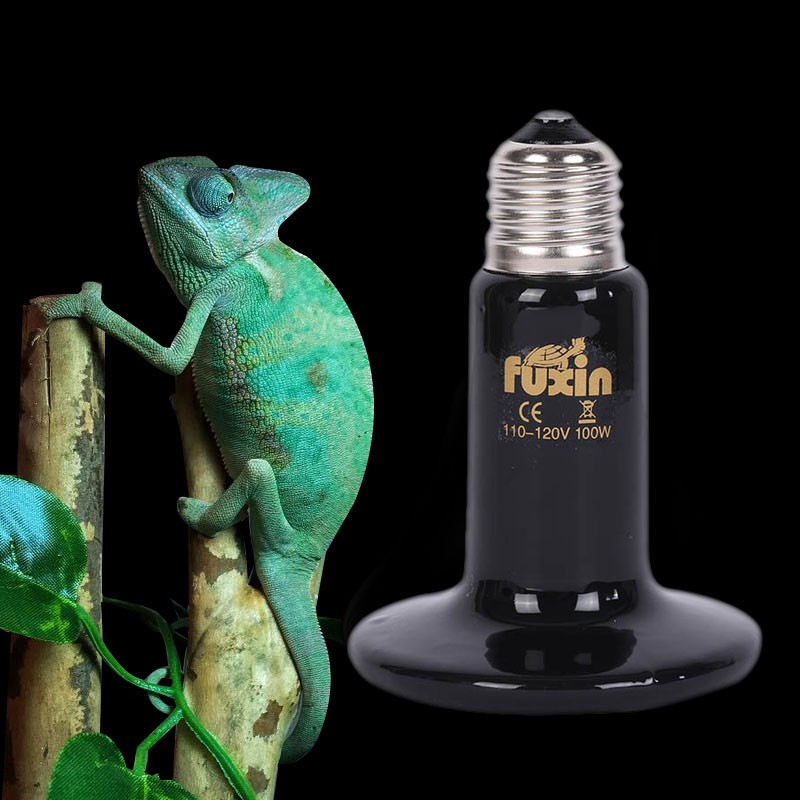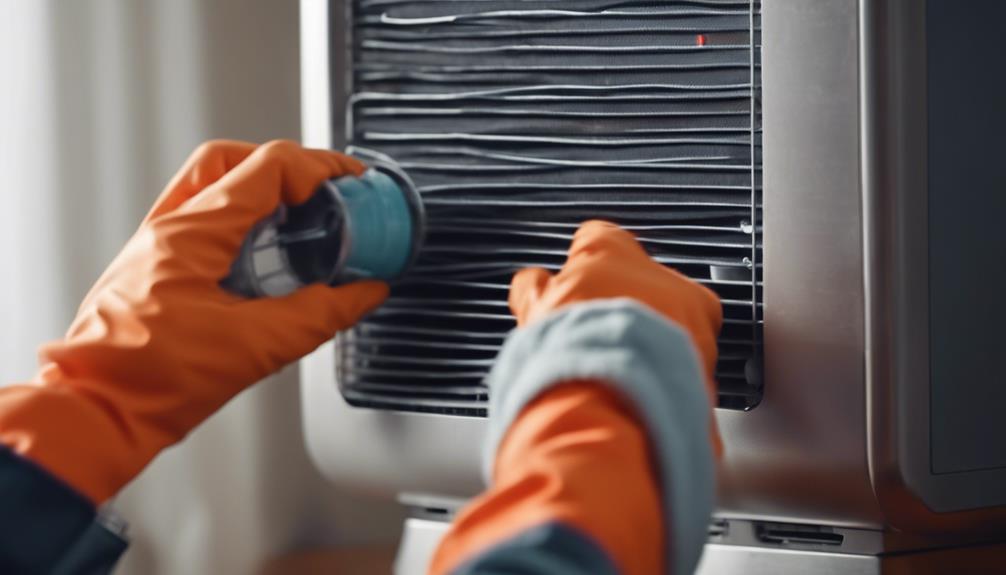
To maximize the efficiency and lifespan of your infrared heater, remember these 5 maintenance tips. Clean components every 3-6 months using a damp cloth and mild soap for reflectors. Inspect and replace filters regularly to maintain peak airflow. Check for wiring damage and component wear to prevent hazards. Guarantee proper ventilation by clearing debris and maintaining space around the unit. Schedule professional maintenance for safety checks and expert advice. Following these steps will enhance your heater's performance and longevity.
Regular Cleaning for Efficiency
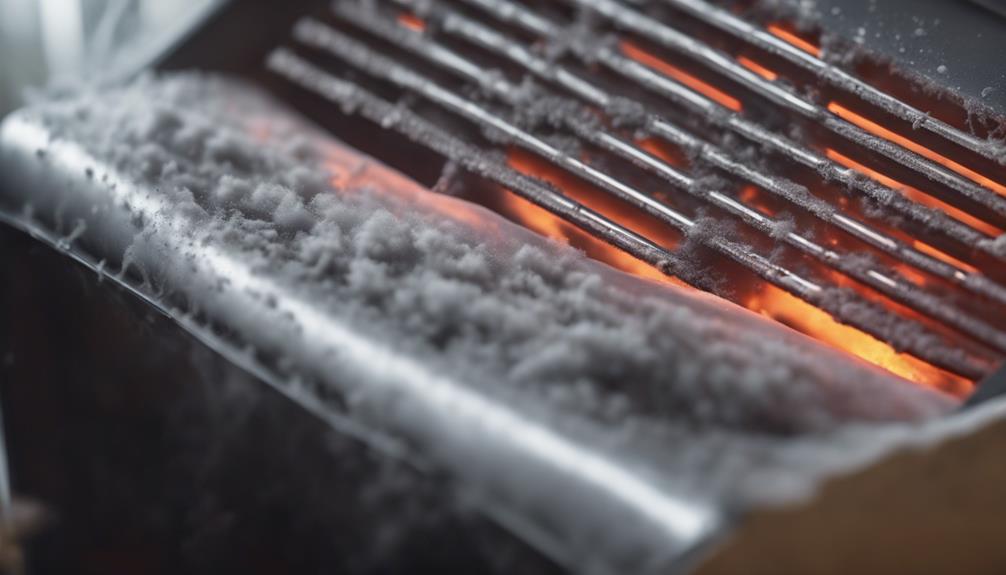
To maintain peak performance, regularly clean the components of your infrared heater, such as the reflectors, heating elements, and fan blades. The cleaning frequency depends on usage but generally, aim to clean these parts every 3-6 months.
Start by turning off and unplugging the heater. For the reflectors, use a soft cloth dampened with a mixture of water and mild soap. Gently wipe the reflectors to remove dust or residue that can block the heat output.
The heating elements are delicate, so use caution. A soft brush or vacuum with a brush attachment can effectively clean them. Avoid using water on the heating elements.
The fan blades can accumulate dust, affecting airflow. Use a damp cloth to clean the blades and guarantee they rotate freely.
When choosing cleaning products, opt for mild solutions to avoid damaging the components. Regular maintenance of these elements will help your infrared heater operate efficiently and prolong its lifespan.
Checking and Replacing Filters
Make certain you regularly check and replace the filters in your infrared heater to maintain peak performance and efficiency.
Filters play a vital role in trapping dust, dirt, and other particles that can accumulate over time and obstruct airflow.
There are typically two main filter types in infrared heaters: pre-filter and HEPA filter. Pre-filters are designed to capture larger particles, while HEPA filters are capable of trapping smaller particles like allergens.
The lifespan of filters varies depending on usage and environmental factors. It's recommended to inspect filters every 3 to 6 months and replace them as needed.
A clogged filter can reduce the heater's efficiency and lead to decreased performance.
To guarantee your infrared heater operates at its best, follow the manufacturer's guidelines for filter maintenance and replacement.
Inspecting for Damage and Wear
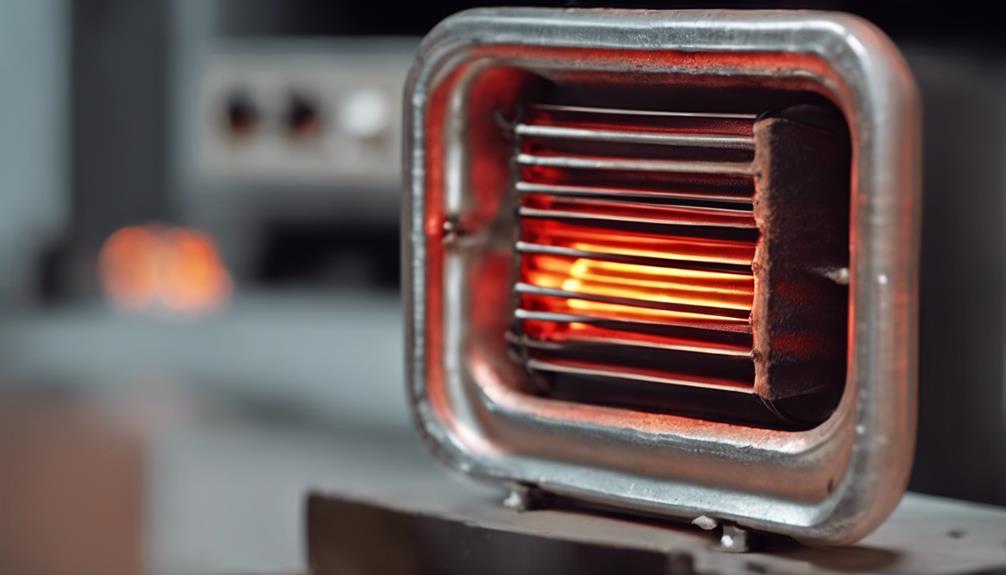
Regularly examine the components of your infrared heater for signs of damage or wear to guarantee peak performance and safety.
Start by conducting a thorough wiring inspection. Check for any frayed wires, loose connections, or signs of overheating. Damaged wiring can't only affect the efficiency of your heater but also pose a fire hazard. Confirm all wiring is intact and properly secured.
Next, perform a detailed component evaluation. Inspect all parts of the heater, including the heating element, reflectors, and thermostat. Look for any cracks, corrosion, or wear that may impact the functionality of the heater. Replace any worn-out components to maintain ideal performance.
Additionally, pay close attention to the housing of the infrared heater. Check for any signs of physical damage, such as dents or cracks, that could compromise the unit's safety or efficiency.
Ensuring Proper Ventilation
Inspecting your infrared heater for proper ventilation is vital to confirm efficient and safe operation. Adequate air circulation is important for the heat distribution of your heater.
Begin by verifying that the heater's venting system is clear of obstructions such as dust, debris, or any blockages that could impede airflow. Check the vents regularly to prevent any buildup that could hinder the proper functioning of the heater.
Proper ventilation also involves maintaining a clear space around the heater. Make sure there are no objects blocking the airflow around the unit. Keep at least a few feet of clearance on all sides of the heater to allow for ideal heat distribution and prevent any potential hazards.
Regularly inspecting and cleaning the vents won't only confirm the efficient performance of your infrared heater but also contribute to its longevity. By prioritizing proper ventilation, you can enhance the heat distribution in your space and enjoy the benefits of a well-maintained infrared heater.
Professional Maintenance for Longevity
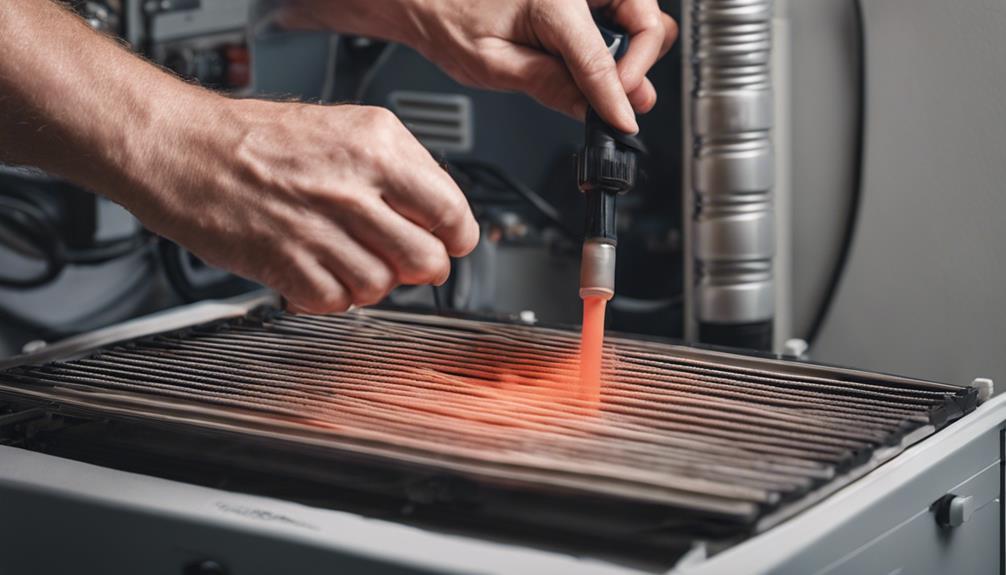
Ensuring the longevity of your infrared heater involves scheduling professional maintenance to enhance its performance and durability.
Professional maintenance often includes safety inspections and expert advice to keep your heater running efficiently. These maintenance checks are vital in preventing potential malfunctions and ensuring the safety of your heater.
Safety inspections carried out by professionals involve a thorough examination of all components of your infrared heater. This includes checking for any signs of wear and tear, ensuring proper functioning of the heating elements, and inspecting the electrical connections for any potential hazards.
Expert advice provided during professional maintenance sessions can help you understand how to best care for your infrared heater. Professionals can offer insights into regular cleaning routines, effective usage practices, and troubleshooting tips to address minor issues promptly.
Conclusion
In summary, optimizing your infrared heater through regular maintenance is essential for its efficiency and longevity.
By following these maintenance tips such as cleaning regularly, checking filters, inspecting for damage, guaranteeing proper ventilation, and seeking professional maintenance when needed, you can confirm that your heater continues to operate at its best.
Taking the time to care for your heater won't only save you money in the long run but also provide you with consistent and reliable warmth.
